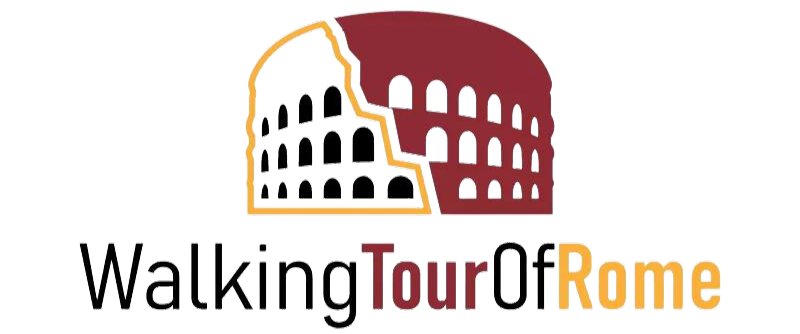Unveiling Ancient Climes: In the heart of Italy lies a city rich with history, art, and culture – Rome. Beyond its iconic landmarks and architectural marvels, the ancient city’s climate tells a fascinating tale that intertwines with the modern-day concerns of global warming. Delving into the past, we discover that temperatures in ancient Rome were a staggering 2 degrees higher than today. This article explores the climate dynamics of ancient Rome, highlighting how the innovative solutions of its inhabitants, like the Colosseum’s roof, offer insights into dealing with our changing climate today.
Rome’s Ancient Heat:
Historical records and scientific studies unveil a startling fact: ancient Rome experienced temperatures significantly warmer than the present. The Romans navigated a climate roughly 2 degrees Celsius higher than the current average. This detail holds profound implications in the context of today’s global warming discourse.
Adapting to the Heat:
One of the most iconic symbols of ancient Rome, the Colosseum, provides a tangible example of how the Romans ingeniously dealt with higher temperatures. The great amphitheater, which hosted spectacular gladiatorial contests and other events, was equipped with an innovative retractable roof known as the “velarium.” This massive awning could be extended to shield the audience from the scorching sun, offering shade and comfort during the blistering summer months.
The Velarium: Ancient Marvel for Modern Inspiration:
The construction of the velarium showcased the Romans’ mastery of engineering. A network of ropes, pulleys, and masts allowed for controlled extension and retraction of the awning. This ancient feat of architecture not only shielded spectators from the heat but also showcased the Romans’ understanding of climate adaptation.
Lessons for Today:
The challenges posed by global warming and climate change today parallel the conditions ancient Romans faced. As temperatures rise and extreme weather events become more frequent, innovation and adaptation are essential. While we may not be raising retractable roofs over stadiums, the spirit of innovation and problem-solving that characterized the ancient Romans can guide us toward sustainable solutions.
Preserving the Past, Protecting the Future:
Exploring the ancient Roman approach to climate adaptation offers a valuable perspective for our modern world. By understanding how a civilization thrived in a warmer environment, we can better prepare ourselves to face the challenges of a changing climate. Just as the velarium shielded spectators from the sun’s intensity, our actions today can contribute to safeguarding our planet for future generations.
Unveiling Ancient Climes Conclusion:
Rome’s history is not just etched in stone but also in its climate. The realization that ancient Romans experienced temperatures significantly higher than present-day levels underscores the importance of understanding the climate’s impact on civilizations. The ingenuity of the velarium reminds us that while we face unique challenges, the human capacity for innovation can lead us toward solutions that respect both our past and our future. As we navigate the complex landscape of climate change, let us draw inspiration from the past to shape a sustainable tomorrow.

